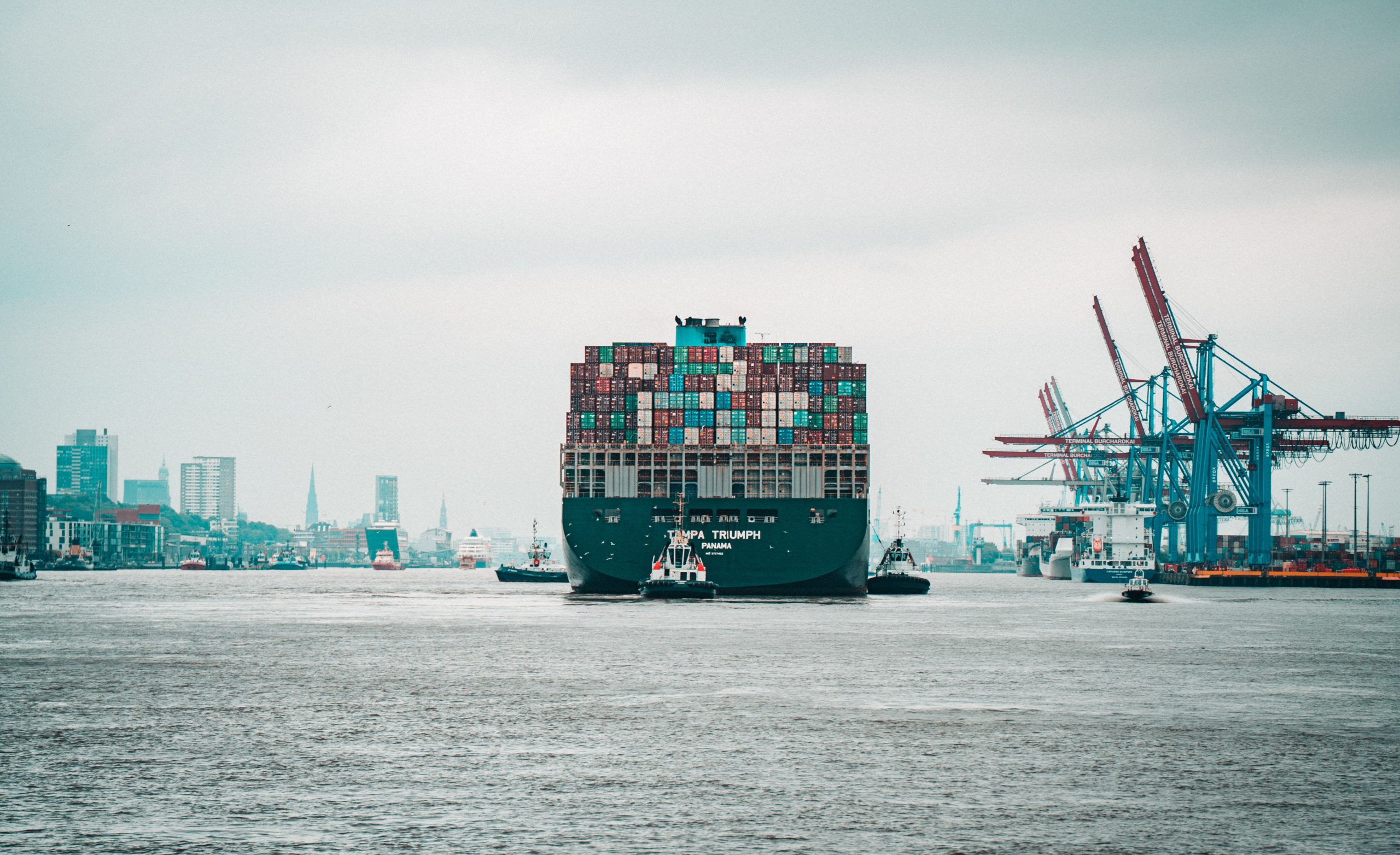Supply Chain Issues in 2022: Will it get better?
Every business owner knows that the supply chain is a critical part of their organization. However, keeping up with the supply chain’s constantly changing demands and needs can be a challenge. So what’s ahead of 2022?
There have been many discussions lately about the future of the supply chain. With new technologies and innovations emerging every day, it can be hard to predict the landscape in 2022. Whether it’s a shortage of goods, a delay in shipment, or something else, companies need to find a way to mitigate these risks.
A bottleneck in Supply Chain
One of the significant issues predicted to continue in 2022 is port congestion. According to a recent study by The Journal of Commerce, congestion is already reducing the benefits of the West Coast Ports Efficiency, established in 2006 to reduce congestion at West Coast ports by investing more than $4 billion on improvements. A lot of these issues are also due to larger ships being used, which drastically increases shipping time.
Companies will have to focus more on the bigger picture, rather than just their individual tasks, to find a solution to port congestion. JOC.com recommends that they increase coordination between the various stakeholders involved with cargo shipments to reduce these bottlenecks and improve efficiency.
Labor Shortages
Another issue in the spotlight in 2022 is the lack of skilled trade workers. According to a survey, 36% of employers have trouble filling open positions because there aren’t enough people available with the skills necessary for open jobs. This is bad news for supply chain managers, as it will take longer to fill open roles and could lead to retention issues.
Also, it is more challenging to train new workers interested in joining the industry because people are less likely to enter an occupation that offers limited growth opportunities. This is particularly troublesome for companies that rely on manual labor since they might have a higher turnover rate due to this lack of skilled workers.
Swelling Freight Costs
Since so many companies rely on transportation to get their products from point A to point B, anything that could affect the smooth flow of goods will have a big impact. One such issue is higher fuel prices, which not only affect the cost of individual deliveries but can also influence the budget for buying and maintaining vehicles in general.
According to the FTR Intelligence’s recent studies, increased rates are expected to remain a problem and will increase by 12%. While the overall number is not significant for larger companies with more resources, smaller businesses might struggle to deal with these changes.
Shipping Delays
Another issue that is becoming more problematic in 2022 are delays in shipping. While it could be due to rising fuel prices or congested ports, one of the main reasons for this problem is increased security measures across the board.
Delays originated by fraud and theft will also continue to rise, causing many problems for supply chain managers who need to keep tight deadlines. As more companies expand their product line and work with different suppliers, the risk of encountering issues such as these increases as well.
As you can see, there are many problems that will continue to make it difficult for supply chain managers in 2022. There does seem to be a bright side to this situation since companies are more aware of the potential issues within their supply chain and are looking for ways to solve them.
Will things get better despite these predictions? Stay tuned to our weekly blogs and the latest news as we keep track of the advancements in supply chain management.

